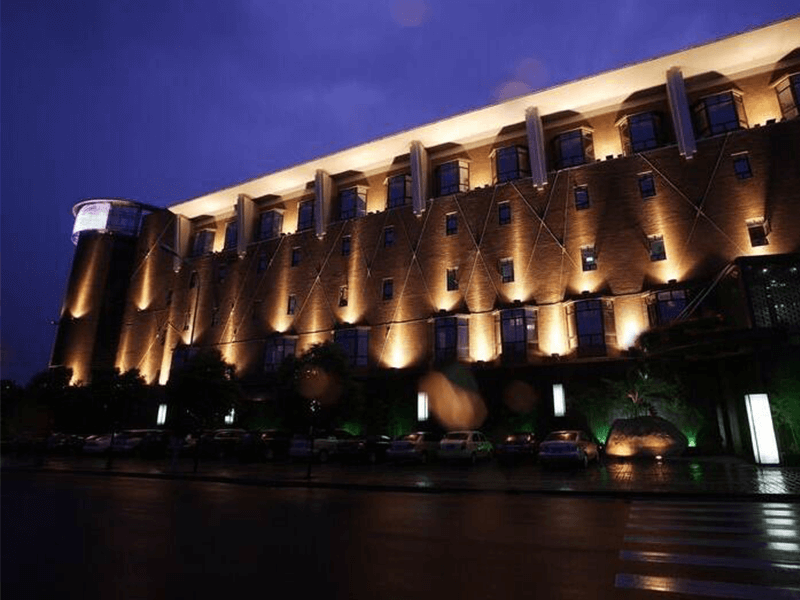Low IP ratings (e.g., IP20, IP30, IP40): These ratings are suitable for indoor environments with minimal exposure to dust or moisture, such as living rooms, bedrooms, or offices.
You can typically choose a low IP rating for lights used in indoor environments or when installed inside sealed products or enclosures that provide additional protection against dust, dirt, or moisture.
Indeed, “low” IP ratings can often be categorized into two groups. Firstly, lights with IP ratings below IP44 are best suited for indoor areas with minimal exposure to dust and moisture. Examples of such environments include offices, living rooms, bedrooms, and other spaces where light is less likely to encounter dust or water. In these settings, lower IP ratings are generally sufficient to provide adequate protection for the lights and ensure their longevity and performance.
A low to moderate IP rating between IP44 and IP65 can suit indoor and sheltered outdoor environments. Lights with these ratings offer higher protection against dust and moisture than those below IP44.
These lights can be used indoors in areas with occasional exposure to moisture or dust, such as kitchens or bathrooms. When used outdoors, it’s essential to ensure they are placed in sheltered locations, such as under eaves, canopies, or covered patios, where they will not be directly exposed to dust or water. In these situations, lights with IP ratings between IP44 and IP65 can provide adequate protection while maintaining their performance and durability.
Moderate IP ratings (e.g., IP44, IP54): These ratings provide adequate protection for areas with occasional exposure to moisture, such as bathrooms, kitchens, or covered outdoor spaces.
Offer sufficient protection for areas with occasional exposure to moisture or dust. These lights are suitable for use in spaces like bathrooms and kitchens, where they may be exposed to humidity, steam, or water splashes. They can also be used in covered outdoor areas, like porches, patios, or gazebos, where they are sheltered from direct exposure to rain or snow. In these environments, moderate IP ratings help ensure the lights remain durable and functional while protecting against moisture and dust.
High IP ratings: such as IP65 and IP66, are perfect for outdoor lighting due to their enhanced protection against dust and water. These ratings make them ideal for applications like garden lights, streetlights, and lighting in harsh industrial environments, ensuring durability and reliable performance.
High IP ratings, generally considered IP65 or higher, are recommended for outdoor locations not sealed and exposed to various environmental elements. These ratings are well-suited for wet areas or places prone to splashes. Additionally, high IP-rated lights are ideal for high foot traffic areas where people frequently touch or interact with them.
Remember that when evaluating the first digit of an IP rating, it’s crucial to consider larger solid objects and smaller particles like dust and debris. This first digit indicates the protection against solid objects and particles, ensuring the light’s durability and functionality in various environments. By considering more important concrete things and finer particles like dust, you can select the appropriate IP rating for your specific needs and maintain the light’s performance and longevity.
High IP ratings are generally recommended for outdoor locations exposed to water, debris, and weather conditions. They are also essential for specific indoor settings, such as factories or industries where dust and occasional water splashes occur daily. For instance, when installing lights in showers, near pools, or near water sources, choosing a high IP rating ensures durability and reliable performance under challenging conditions.
Very high IP ratings (e.g., IP67, IP68): These ratings are designed for lights that need to withstand complete immersion in water or extreme environmental conditions, such as underwater lights for pools, fountains, or marine applications.
